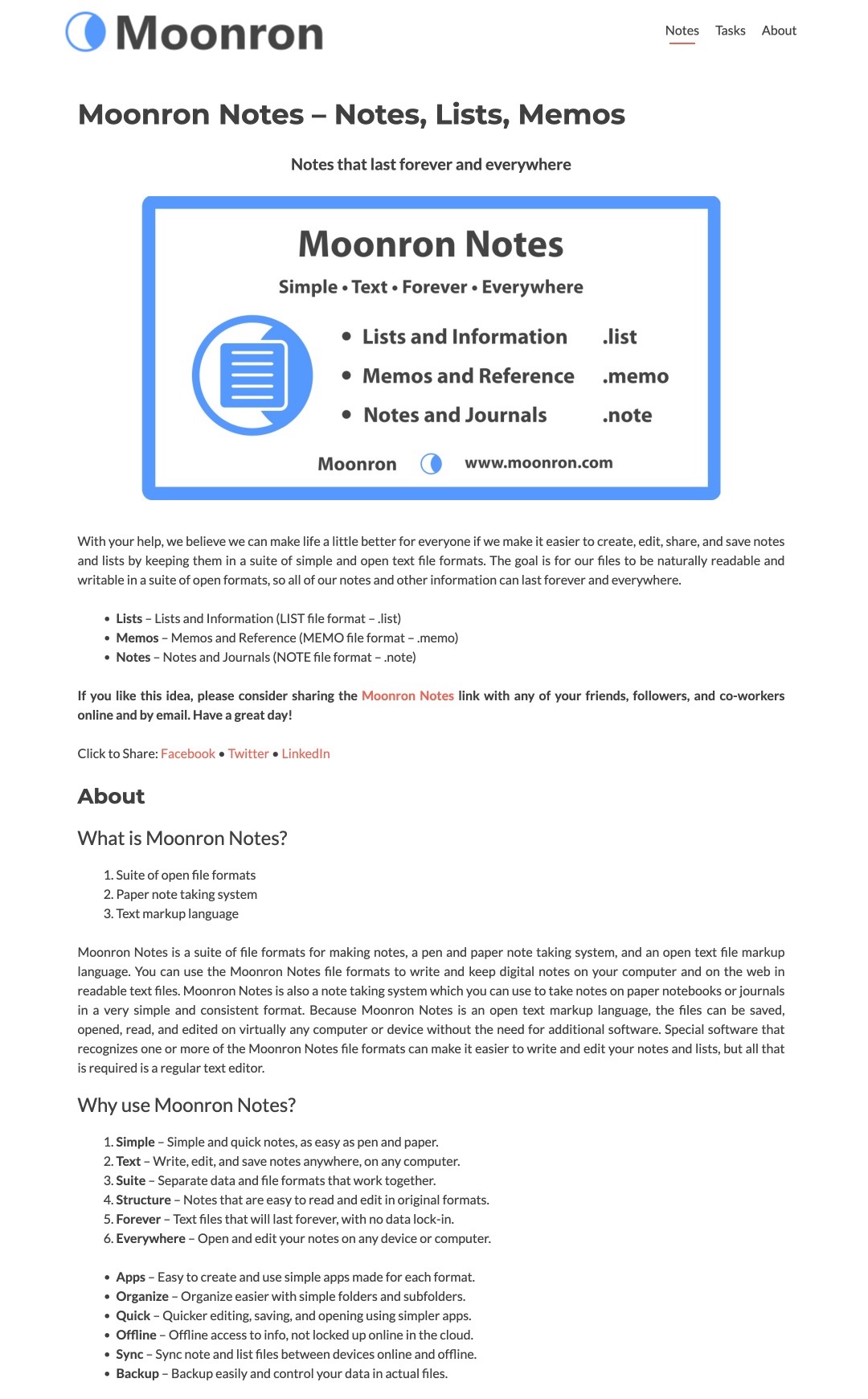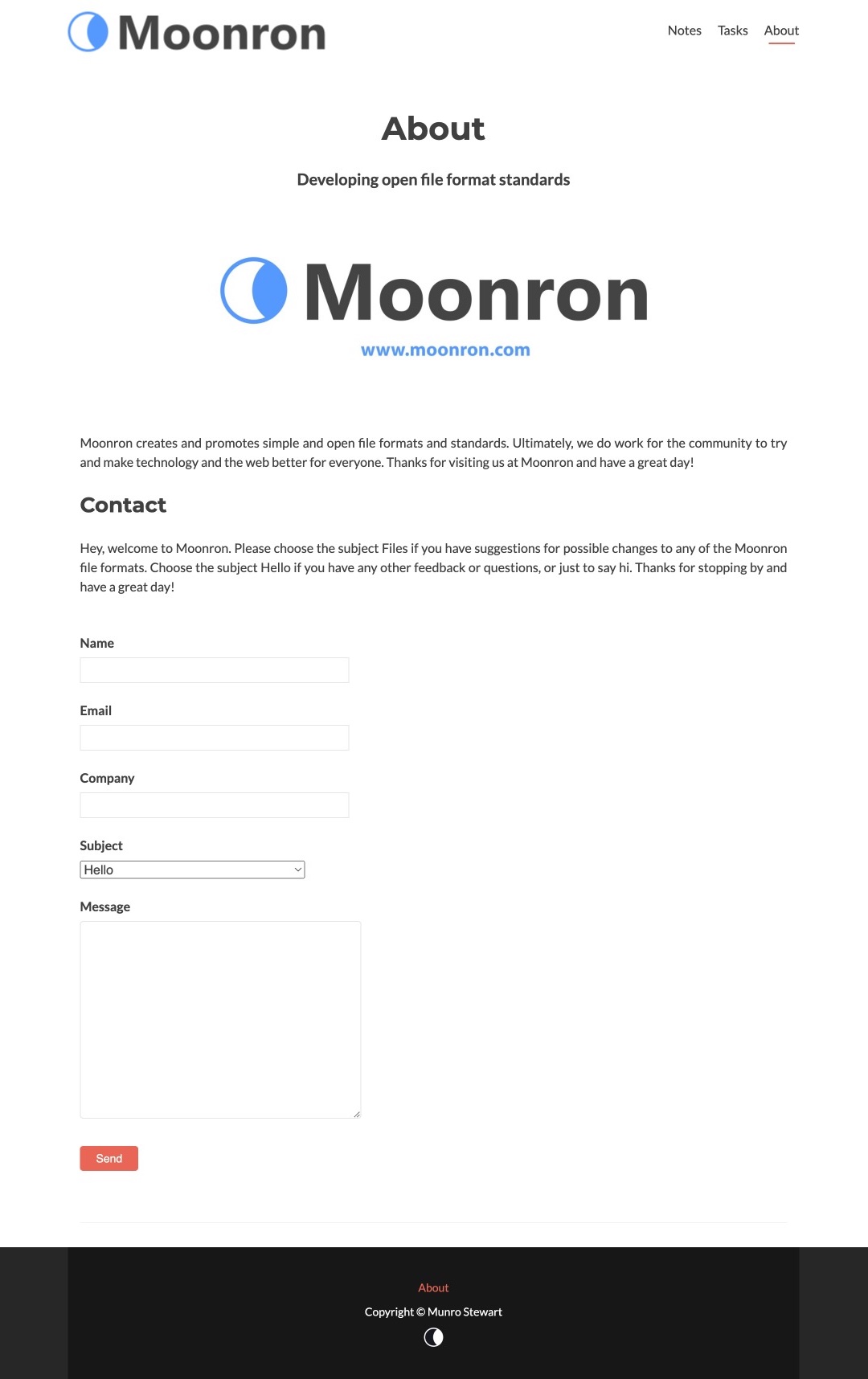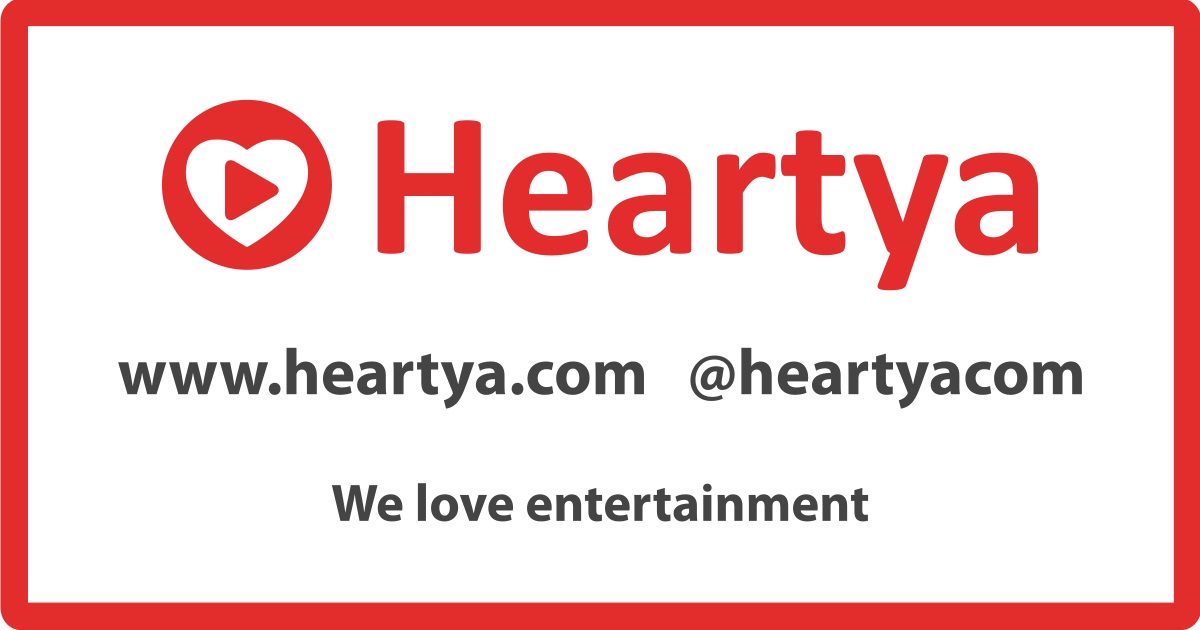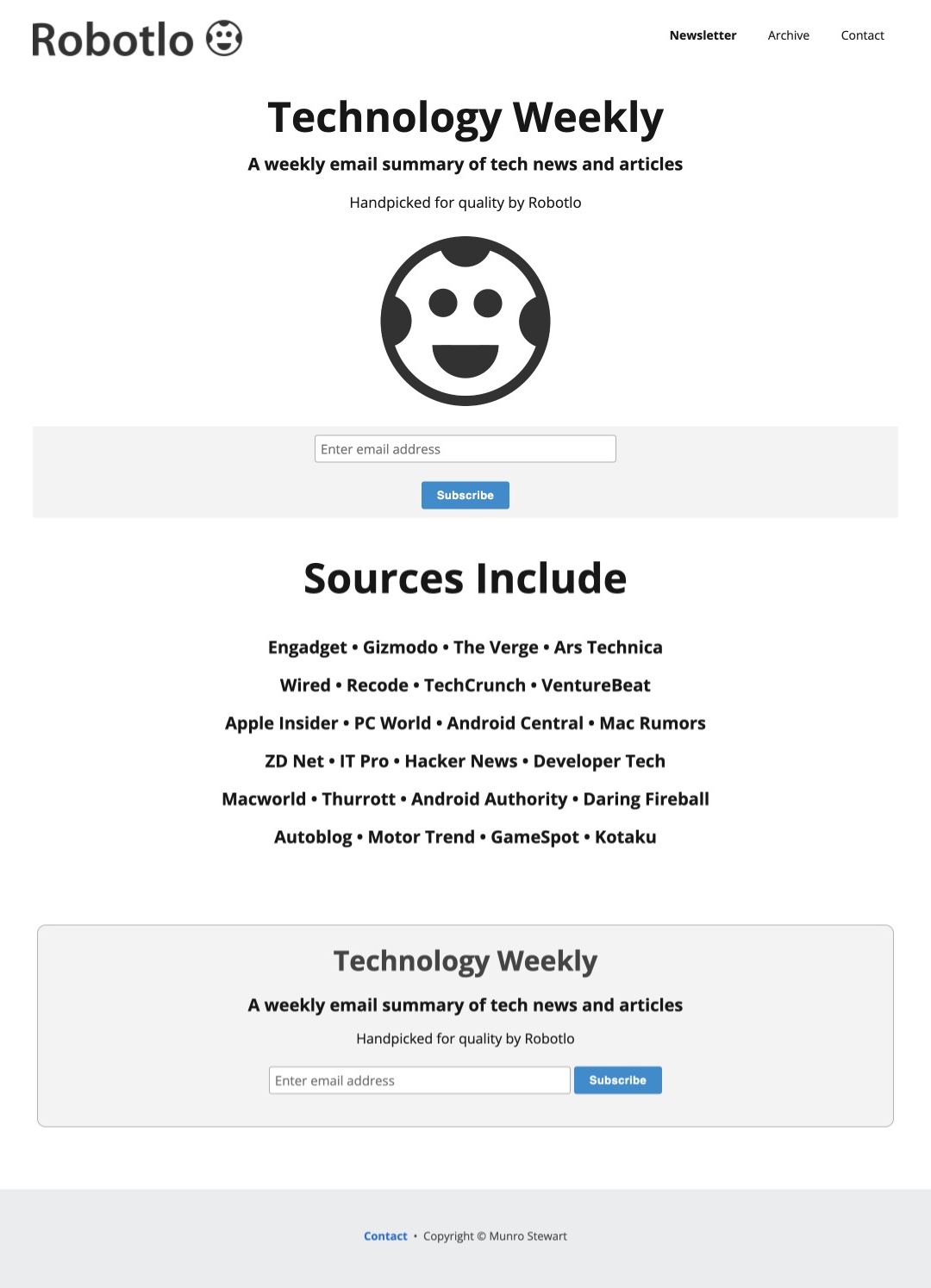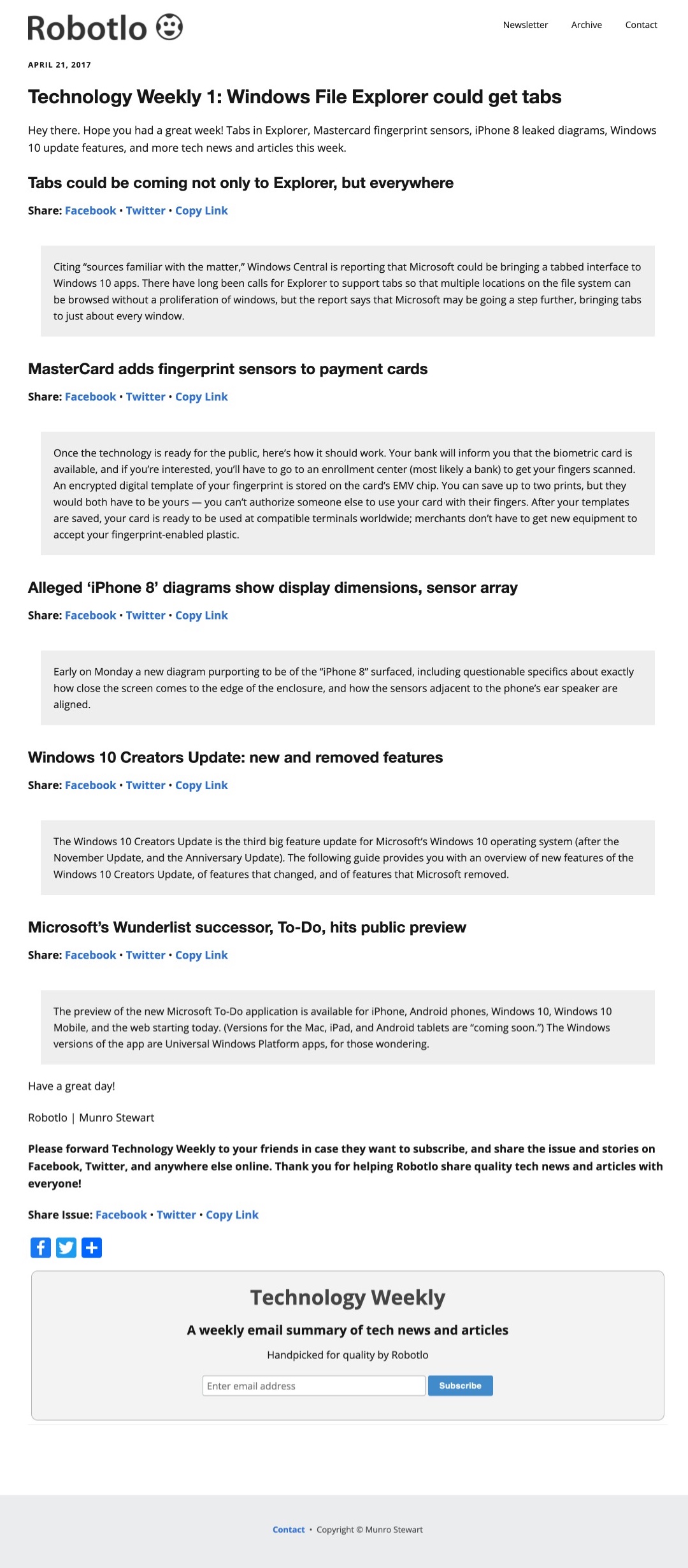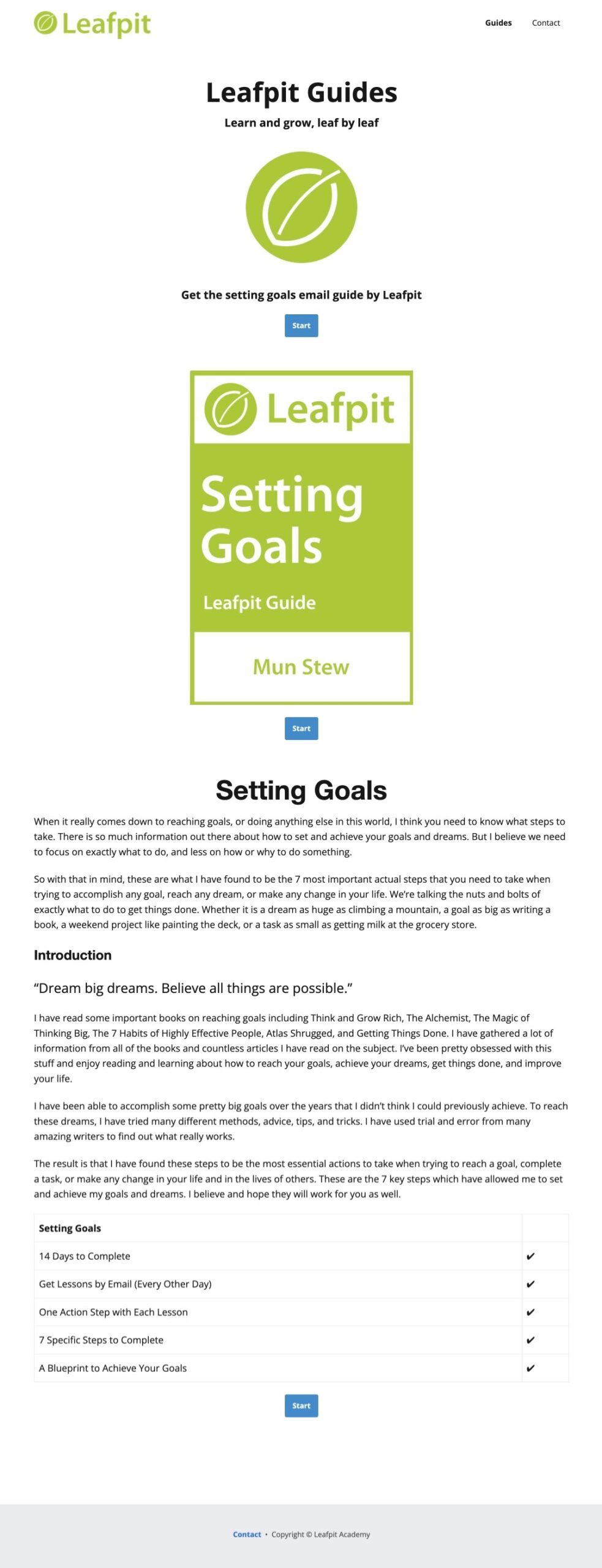Here are the potential names I would use for a new disc-less or all digital Xbox.
Predicted
- Xbox One S All-Digital Edition
- Xbox One E
- Xbox One D - For "Digital"
- Xbox One Digital
As far as what they are likely to call it, I think Xbox One E is certainly a possibility. One of the reasons is because that is the name they used for an updated version previously, the Xbox 360 E. As long as they still like that scheme, they could stick with it. I am aware that it has been rumored to be called Xbox One S All-Digital Edition, so that is very likely as well. I just wonder if there is a possibility of that name being more of a behind the scenes full name, and they go with a simpler brand name at retail for customers. Probably not, but you never know.
Suggested
- Xbox One T
- Xbox One R
- Xbox One E
- Xbox One TV
- Xbox One Tiny
- Xbox One Small
I like the simplicity of using single letters for different products in a product line. Plus, Microsoft has been using that type of branding for both the Xbox One S and Xbox One X, as well as the most recent versions of the Xbox 360 S and Xbox 360 E. So it makes sense to stick with the single letter naming scheme for this version as well, instead of using a more full name like the rumored "All-Digital Edition", or the previous Arcade and Elite of the 360.
I like R better than E because it is commonly used for higher end devices and they are not yet using that letter for any Xbox One device. Using letters like A, C, E, G might typically be thought of as lower tier devices. Using letters like R, S, T, X might typically be thought of as higher tier devices. So basically, I'd go with R because it sounds cooler and is still a letter less than S and X, which are higher end devices and already in use. Or I'd go with T because it might sound even better than R, and could denote the longer name of Tiny or TV, similar to how the current S could denote the longer name of Small or Slim.
Xbox One R
There are admittedly a couple reasons not to call the device the Xbox One T, and use Xbox One R instead. First, if they want to follow one style of typical letter naming scheme, a lower letter denotes a lesser capable or more budget device. With that scheme, this new device should use a letter lower alphabetically than S. In that case, Xbox One R or Xbox One E makes more sense. However, you don't have to make lesser letters mean a lesser device. So Xbox One T is still fine to use if you think it's the best name, and T also comes one letter after S, which I think could be interesting to signify that it comes after the Xbox One S device chronologically.
Similarly, if they were to ever update the Xbox One X with a smaller design they could consider naming it the Xbox One Z, which comes shortly after X alphabetically and after the Xbox One X device chronologically. Using the letters S, T, X, and Z might be the four best letters to use when naming these products.
Second, if they do eventually release a dongle or stick Xbox device, or even an Xbox TV integrated into regular TVs, then the distinction between the names Xbox One TV and Xbox One T could be confusing in the future. However, it might also make sense going forward, because the Xbox One T could morph into the Xbox TV. People might associate that T with TV, and see that the Xbox TV is a further evolution, or even smaller and integrated version of the older Xbox One T, with similar features. The Xbox One T would be like the console box version, and the Xbox TV would be the version integrated into TVs or as a small stick or dongle.
Xbox One T
I like T better than E, and possibly even R, for multiple reasons. While it's debatable for sure, I think it might just sound better than R and be more preferable to consumers. Meaning that if you were just to pick 3 letters to use for branding that you would choose S, T, and X for your three products simply because they are the most marketable and cool sounding. S, T, and X are also in order if you don't count those weird U, V, and W letters that companies don't generally use for naming products with letters.
Another reason I might like T better than R though, is for what it "stands" for. While the name for a product with a single letter branding scheme should stand on its own and just sound good, it might not hurt if it also brings reference to certain words as well, like S does with Small, Slim, or Sleek. Using Xbox One T makes sense in this regard, even if the most important aspect is just using the best sounding letter. So I like that the T can stand for Tiny, Television, or TV, and that people might associate it with those words.
In particular, I like that the S in Xbox One S could be lengthened to the full name Small, and the T in the Xbox One T could be lengthened to the full name Tiny. And possibly the X in Xbox One X could be an acronym for "Xtra", just like XL means extra large. They could even potentially use these full names in certain places in branding or at least marketing. Salespeople could use the longer name to explain the consoles to consumers, and it could help consumers understand the main difference between the devices. "Oh, the S is the small one smaller than the original, the T is the tiny one that's good for using for TV and movies, and the X is the extra large one that's extra powerful for gaming."
However, the most important thing is having a simple name that sounds best. So that is why I think they should stick with the single letter naming, and use the name Xbox One T or Xbox One R.


